Discover how Namib Desert wildlife thrives in extreme conditions – elephants, beetles, plants & more adapt uniquely to survive harsh environments.
GVI
Posted: July 9, 2024
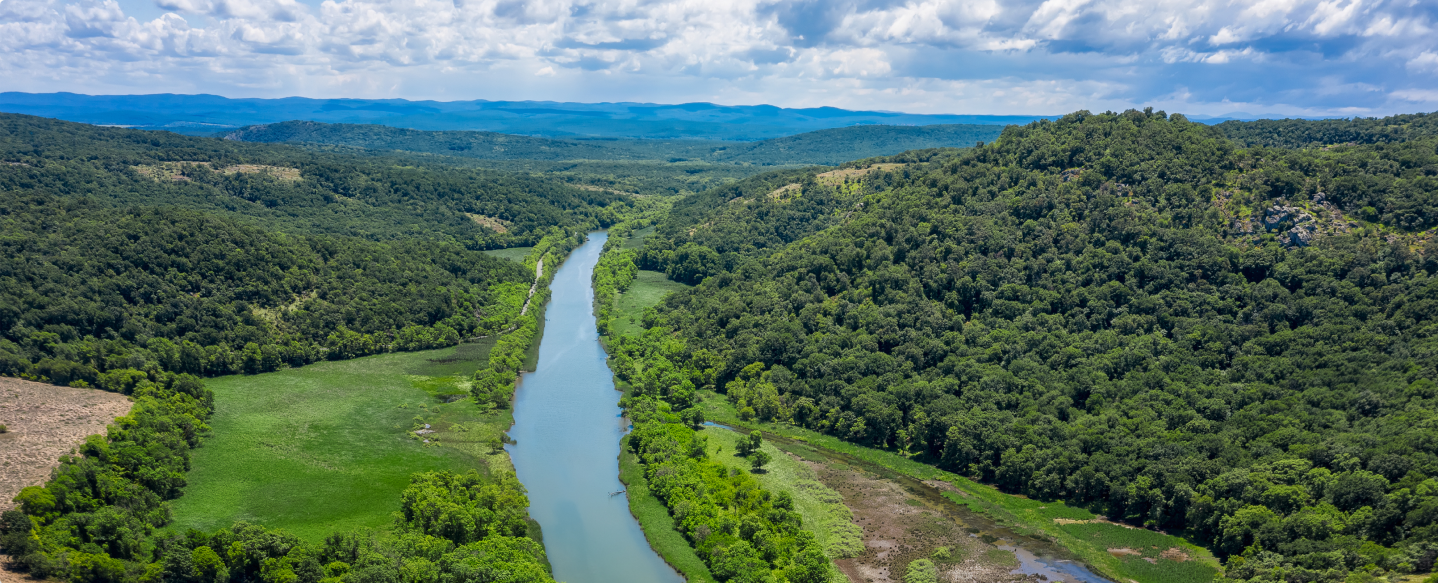
Jana Jansen van Vuuren
Posted: April 22, 2018
Leah Brown, the manager of our wildlife conservation project in South Africa’s Limpopo region, talks to us about her career journey and the big cat that started it all.
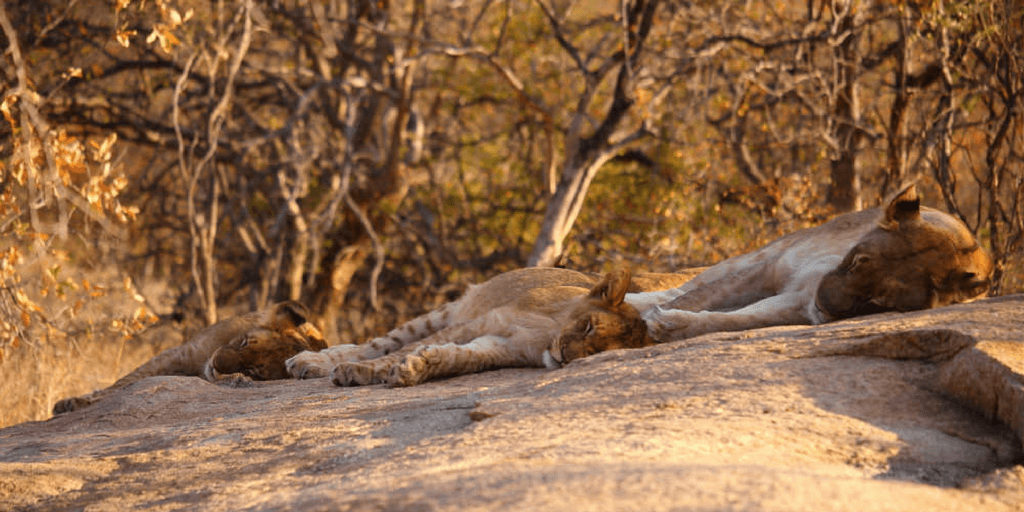
Like many people, my first interaction with wildlife not native to my own country was at a zoo. I grew up in Adelaide, Australia, and our zoo did not house leopards or cheetahs. It was the magnificent lion that I first laid my eyes on.
I use to sit for hours outside their enclosure. I connected with them more than something like a giraffe or a meerkat as I loved to watch the similarities in their behavior to my own pets. They moved the same way and even played the same way, but on a different scale. I could sit and marvel at the sheer beauty of these magnificent animals for hours, even if they were only sleeping.
Many people in conservation hate zoos, and I agree with their sentiment. However, I think that in order for people around the world to feel moved enough to want to protect animals not native to their country, being able to see that animal face to face makes a key difference. Excitement isn’t created through a television screen or on the page of a magazine. You need to be in their presence. This is why I think zoos still play an important role in conservation like they did for my personal journey. Being at the zoo influenced my decision to work with animals and I dreamt of working there one day. Little did I know that I could be a field guide, observing these animals in their natural habitat.
Further Reading: Read Our Founder’s Story
Although my parents did not work with animals in their daily jobs, they saw that I came alive when I was around animals. They encouraged that passion in me and helped me cultivate it. They were never the kind of parents who were worried about the size of the paycheck I would bring home at the end of the day or whether I went to university or not. They wanted me to be happy and weren’t interested in forcing me into a career that was not for me. They knew that I was clever enough to not make the wrong choice and self-directed enough to create my own journey.
Being stuck indoors was not for me. I didn’t fit into the traditional schooling system, and when I graduated I knew I was not going to jump right back into studying without knowing that I was following the right path. For me studying was going to be a full-time commitment and I was not ready to make that important choice yet. I eventually decided to take a gap year which gave me the time to sit back and prepare for what was next.
Did You Consider Any Other Career Paths And How Did Conservation Win Out?
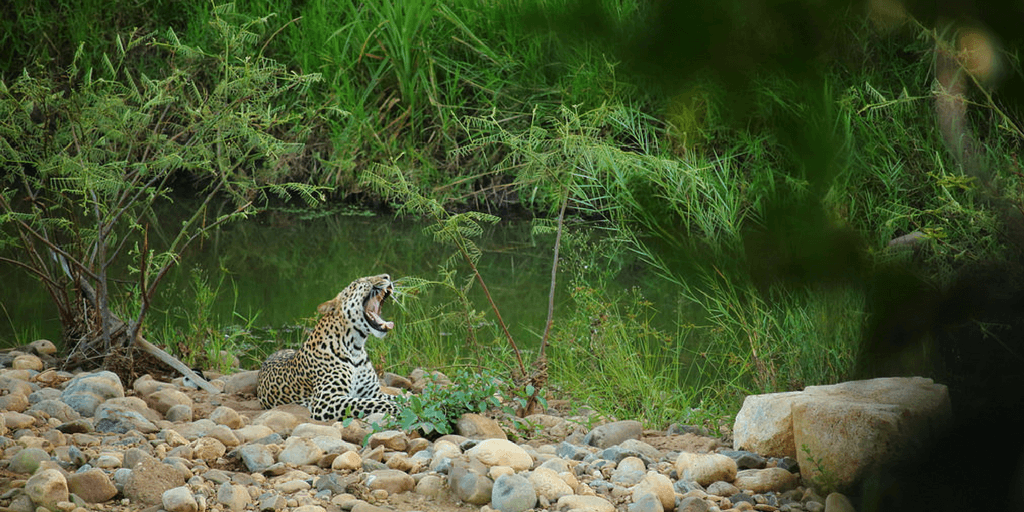
I considered the role of a veterinarian but after some work experience with them quickly changed my mind. Vets don’t really have the chance to engage with the animal and their wellbeing. The vet simply comes in when there is a problem, spends time carrying out surgery and then disappears. The role of the veterinary nurse appealed to me more because they play a nurturing role which better suits my personality. The vet nurse is there for pre and post op care, monitoring the entire progression of the animal and ensuring a quick recovery.
I worked in animal husbandry for a while, but I didn’t find it fulfilling. I was working in the medical field with smaller animals like guinea pigs and mice, but that was not where my passion lay. I still couldn’t shake the idea of working with African wildlife.
Serendipitously, I was scrolling through my newsfeed, and some pictures appeared in my newsfeed. First, it was a lion, the next day it was a cheetah, and the following week an elephant. My friends were liking the pictures of a mutual friend, who was posting these pictures.
This was my wakeup call. I realized I was selling myself short. I didn’t want to have a job just because it was easy and it brings home a paycheck. I wanted something meaningful, which I was passionate about. That was my first step towards working in conservation.
I sent this mutual friend a message to ask him what he was up to that was allowing him to see such amazing things every day. I found out that he was on the six-month internship with GVI in Limpopo, South Africa. It turned out that he was actually from Adelaide and when he returned home, we met up to chat about his experience over coffee. He told me he loved every minute of it and I was sold.
I started saving and once I had enough funds, I packed my things, spent all my savings and headed to South Africa. That was the first time I had ever crossed Australia’s borders.
After Arriving In South Africa, When Did You First See A Lion In The Wild?
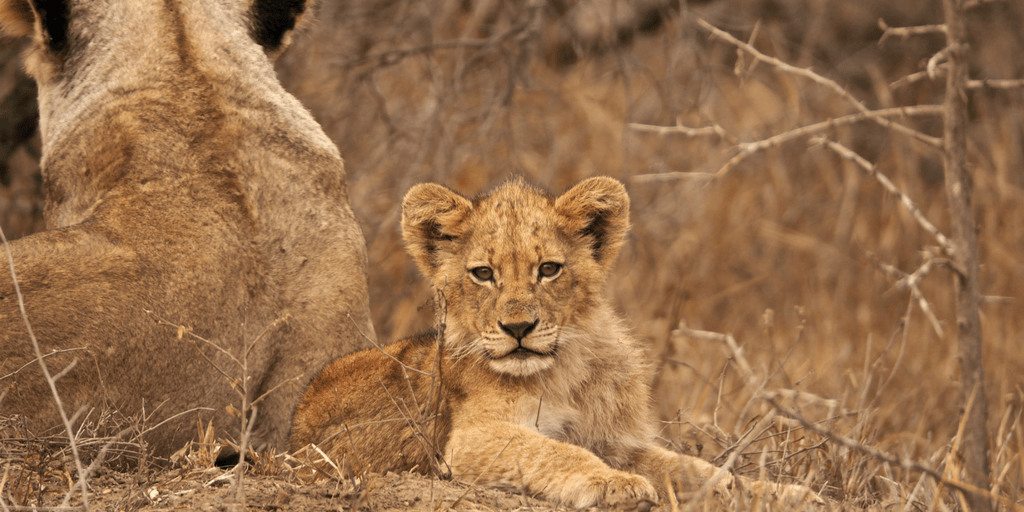
Although I had seen lions before, my most memorable experience was near the end of my internship. We decided to go for a game drive in the Kruger Park National Park which is about an hour’s drive from Karongwe, the private park where GVI operates and where I completed my internship. We headed out on the dirt roads early in the morning because that is when the animals are most active. Rather quickly we found a lioness sitting on a small termite mound.
We waited, because patience is key in observing wildlife, and about half an hour later, another lioness appeared behind the first one. With her came a tiny little lion cub. He must have been only about two months old at the time. He walked over from the female in the bush to the one on the mound and sat there in full view for a few minutes.
Further Reading: Who Was GVI’s First Volunteer? Read Her Story
At the time, I had never seen a baby leopard or cheetah cub before. This was the first feline cub I saw in the wild. Immediately my nurturing instinct kicked in and I just melted. To see this sweet, innocent creature before it had the chance to become a fierce predator moved me to tears.
Another powerful moment was when I was able to be in the presence of a cheetah while on foot. Experiencing being close to this animal in its natural environment filled me with a sense of awe that I will never forget. I had a similar experience when I saw a caracal in the wild for the first time. I was also overcome with emotion.
https://www.youtube.com/watch?v=hWDp2qlBwHs
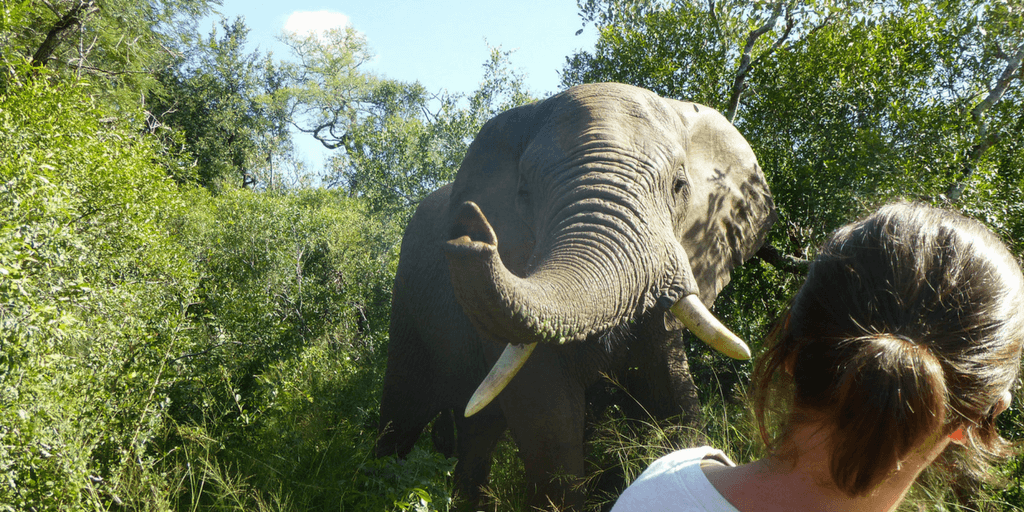
Seeing how volunteers react to their first interaction with South Africa’s wildlife is what Leah loves about working with international volunteers.
After completing my six-month internship and earning my field guide qualification, the staff on the base asked whether I might like to take some of the volunteers and interns on a game drive to see if I like the role. I loved it and two months later I was offered the role of assistant base manager.
While this might seem like a rather quick progression to some people, I see it more as an eight-month-long interview, which is an even more lengthy probation period than at some organizations.
I think this is often the underestimated value of volunteering. Organisations pick staff from people they know and who do they know better than the volunteers who have been working alongside them. No one can gauge from a one-hour conversation, what some is really like, you can only know by working with them. Then you know every facet of them, how they behave when they are excited or frustrated and how they will react under pressure. Yes, it is true that GVI hires from their alumni, but that is not just because the training we provide is of such a high standard. It is because when you have put someone through the ropes, you can really learn to know and trust them.
Our Director of Programs, Shayle Havemann, told me ‘Always hire on personality’ and I think of that often now that part of my responsibilities includes hiring staff members. Rather take someone with the get-up-and-go to make things happen than someone who has all the ‘right’ qualifications and work experience. I think that is maybe what Shayle saw in me, and it is what I now look for in my staff.
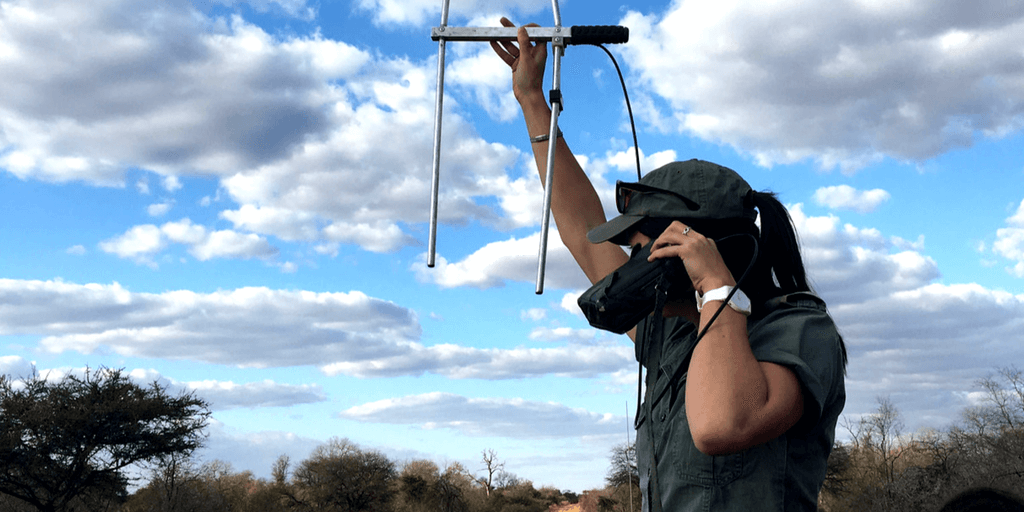
To study and help big cats you first have to find them. Volunteers and staff at Karongwe like Leyla use telemetry to track lions, leopards, and cheetahs in the park.
GVI runs broadly two big cat projects in Karongwe. The reserve is very predator dense, which means there are many lions and leopards in the park. We track both of these big cats to help reserve managers and researchers better understand their movements and behaviors.
The second project we run is the cheetah kill utilization study where we observe how often a cheetah kills and reasons as to why they abandon their prey. The cheetah is a weaker predator compared to others, like the lion and the leopard, and is often chased off their prey by these other predators. We are finding that cheetahs in the park often abandon their kill in order to prevent a fight to protect it. However, this has implications for managing the reserve as more antelope are needed to support the predators.
Further Reading: How Did A Young Marine Biologist Become Our CEO? Find Out
Another project we are involved in is working to increase the cheetah population in the park by integrating three new cheetahs into the reserve. That is why although lions will always be my first love, being more exposed to cheetahs, means that my interest in this species has grown significantly over the years.
Part of my work also involves helping volunteers and interns acclimatize, guiding their experience and educating them about local wildlife and issues in conservation. In working with volunteers I get to relive that moment when I first saw a lion cub every few weeks. Taking volunteers on a drive, sensing their excitement and watching their faces come alive when they see the wildlife for the first time reminds you of what it is all about.
After a while, a lot of the knowledge about being in this environment becomes second nature to you, but the curiosity of the volunteers forces you to share it. A lot of this knowledge is like pure gold to them, and seeing how they hang on every word gives you a glimpse of just how eye-opening it was for you the first time, which is inspiring and a fantastic reminder of why I am here.
It also gives me the opportunity to help make and shape that personal connection to wildlife, which I first formed with the lions in Adelaide. When a volunteer spots a hornbill or Impala, that is a magical moment for them. Directing that experience to a deeper understanding is my goal. The more that the volunteer learns about wildlife, the more they will want to invest in it. The more their passion builds, the more they’ll want to make a difference after their time with GVI and contribute to the cause.
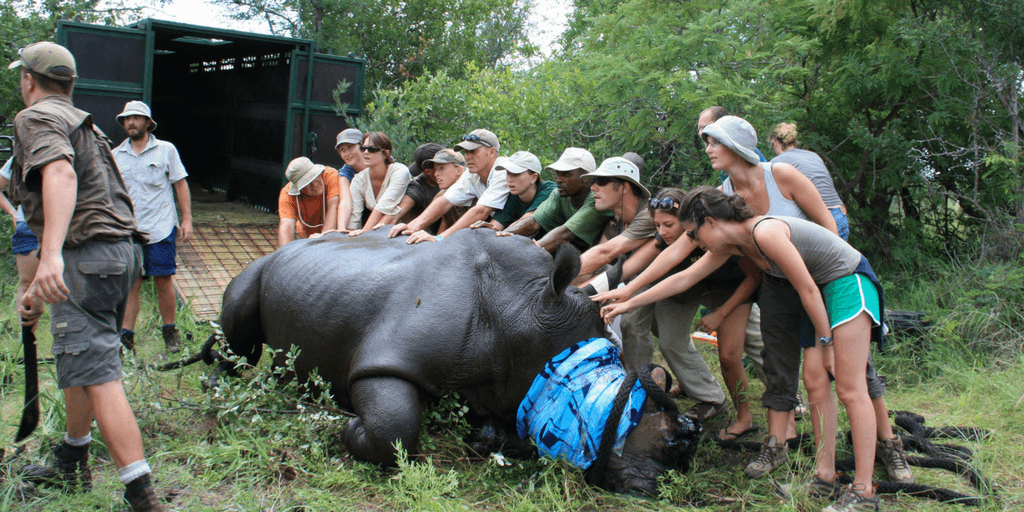
I would be a wildlife veterinary nurse. In my daily job, I am able to get up close to these animals and really appreciate their beauty, but I sometimes think it would be even more fulfilling to transfer my veterinary nursing skills to wildlife like lions and elephants. However, competing for that job is perhaps even harder than competing for a role in conservation. These kinds of animals are very valuable and there is a lot of pressure around working with them. Playing veterinary nurse would be challenging not only because of the work, but because of all the controversy around it, but I think it would incredibly fulfilling as well.
For a short time, when I was younger I also considered a job as an interior designer, because I loved to create beauty, but that idea quickly faded because I wanted to work with animals. I still get to use my visual skills, just in a different way because part of my role involves photographing the wildlife here in Karongwe. GVI then uses this material to recruit more volunteers. It can be quite fulfilling see my work on a GVI brochure, blog or quiz because I know designers have deemed my images worthy.
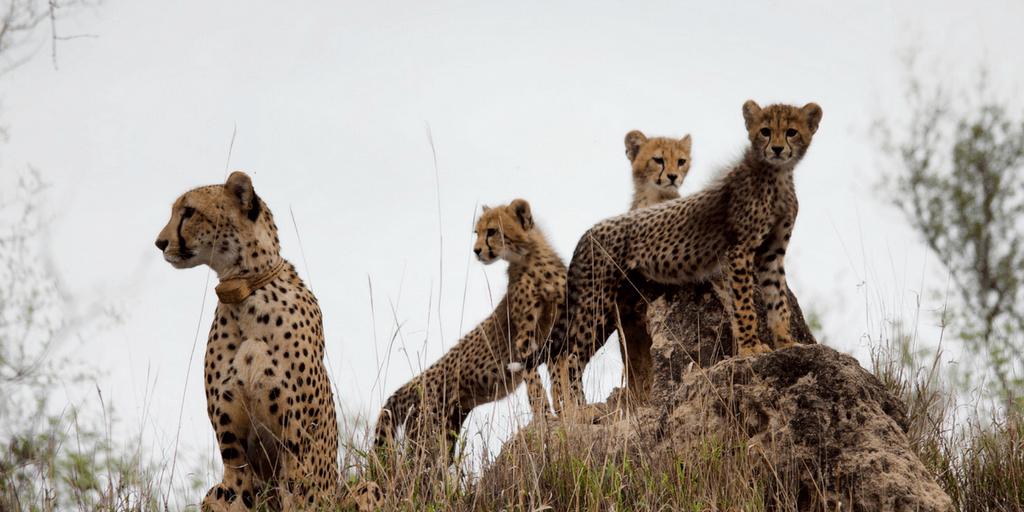
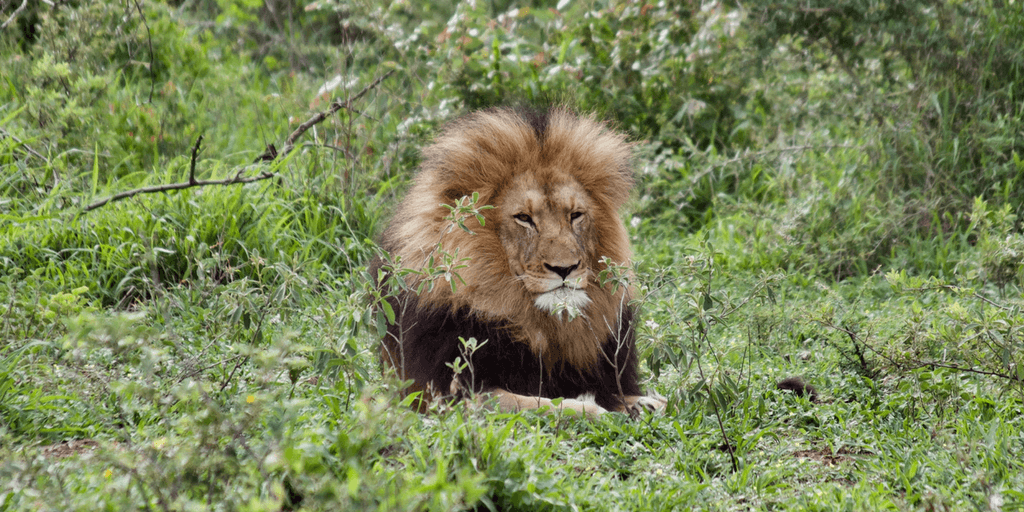
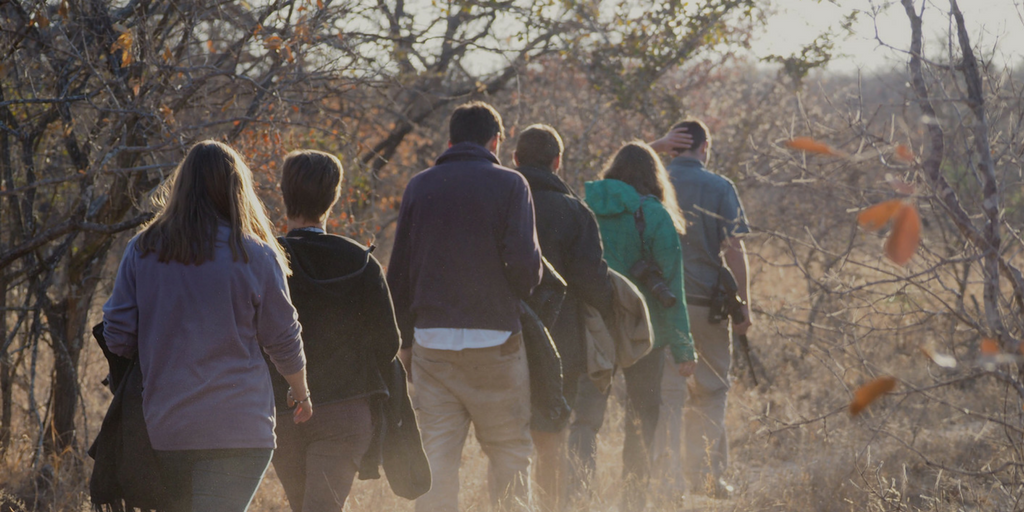
Conservation is a very competitive field. Part of the reason for this I think is that there are just so many candidates available from an employers’ perspective. Many students are looking to make a difference and don’t actually know how what to do or where to go. Studying biology and looking to go into conservation is the easy route. There is also a lack of knowledge concerning the jobs that are actually available. In conservation, people tend to stay in their roles for a long time, because it is, understandably, a fulfilling role. Unfortunately, this means opportunities don’t open up very often.
Further Reading: Watch The 20th Anniversary Film
My advice for those looking for a career in the field would go outside your comfort zone and work with people from different backgrounds. Everyone, from hiring managers to admissions officers want to know if you have life experience, and that you have not just lived a sheltered life that helped you get good grades, with no understanding of the real world.
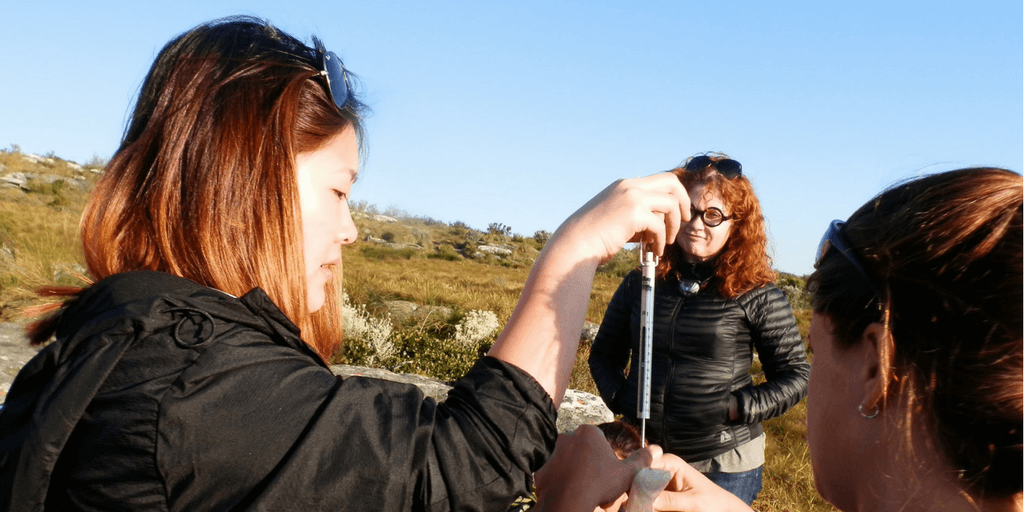
Conservation is a male-dominated field. In South Africa, more so than in Australia, there is a perception that a women’s role is to look after the home and the children. However, there are several women who have come to the fore recently in South Africa’s conservation field.
Some, like Michelle Hendley of Elephants Alive, are doctors who are heavily involved in saving key species on the decline. Her dedication to leaving no elephant behind is truly inspiring and her drive seems endless. Even after a full day’s work, she will still be on the front line at midnight preventing elephants from crossing a boundary to which the other side may present an unpleasant fate.
A group of women, calling themselves the Black Mambas, are another inspiring group. They are an all-female anti-poaching team who have proven that they can hold their own against poachers and protect animals just as well as any male ranger.
There are also a number of women holding senior positions in the Endangered Wildlife Trust (EWT) who we partner with on occasion. They have the authority to direct important decisions that affect the operations of the trust and thus the future of wildlife under its protection.
I think it is important for conservation to open up to women so that the topics can be viewed through the lens of a woman’s eyes. We have the ability to look at things differently and come up with new, potentially more effective solutions.
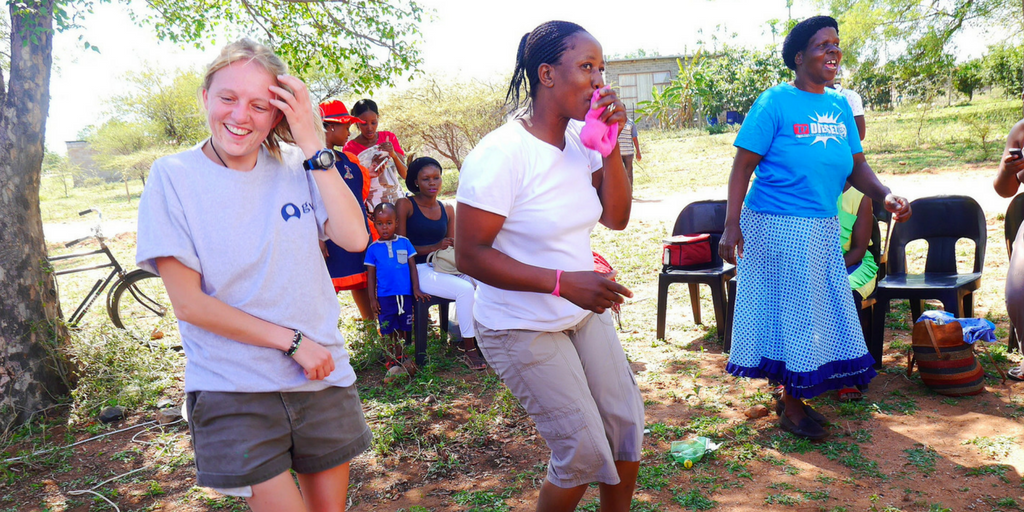
Volunteers and intern in Karongwe don’t work solely on wildlife research projects. Environmental education workshops and community development are an important part of GVI’s work in Limpopo.
In the community areas near the park where we operate, women play a vital role. They are truly the heart of their communities. They are the ones raising the children and collecting the firewood for dinner every night.
The girls in these communities need to be made aware of the other opportunities available to them. They need to be shown that women can create their own destinies and shape their own futures, regardless of the role society thinks they should play.
There is only one way to do this and that is by creating awareness and providing the necessary support to these young women to help their achieve their goals. I believe this can only be done effectively by bringing female role models into these communities.
Further Reading: Follow The Journey Of A Laos Buddhist Novice Monk
Luckily, South African organizations like Rock Girl are doing just that. They bring strong women into these communities to provide the girls with role models that they can not only look up to but engage with. Showing these girls key women who have achieved their goals provides a spark for a dream and deters them from feeling disheartened by challenges they may face; with hard work and determination comes reward. This is the only way we will get more people to be ambassadors for conservation in these communities.
People back home have told me that what I did moving to South Africa to pursue my passion has inspired them to go on to do other things, not necessarily in conversation. I think that is sometimes all it takes, seeing that it can be done, that achieving your dreams isn’t unobtainable – you have the power to take that leap into something more fulfilling that will leave you with a smile at the end of each day.
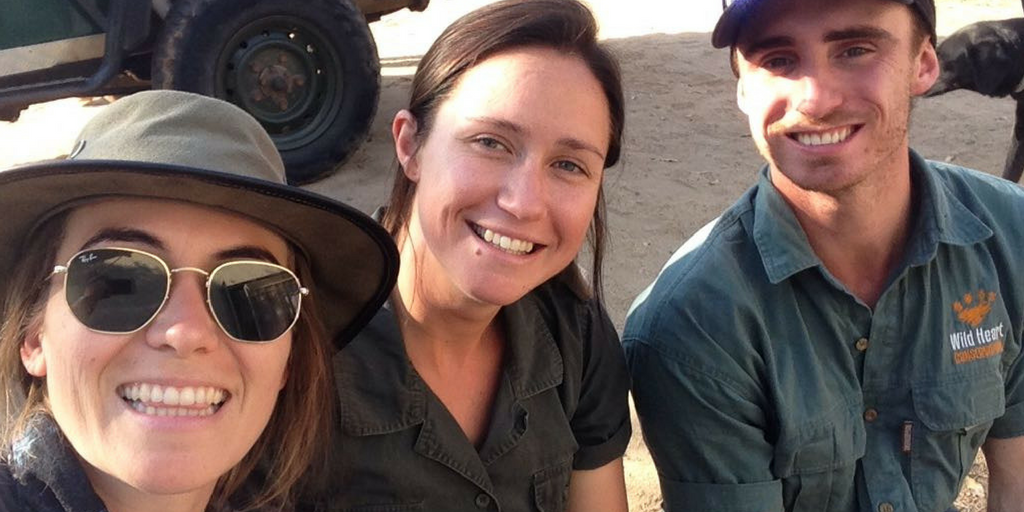
If you would like to follow in Leah’s footsteps be sure to check out our six-month wildlife conservation internship in South Africa or if you are not ready to commit for such a long trip why not try our wildlife volunteering program in Limpopo that starts at two weeks.
Discover how Namib Desert wildlife thrives in extreme conditions – elephants, beetles, plants & more adapt uniquely to survive harsh environments.
GVI
Posted: July 9, 2024